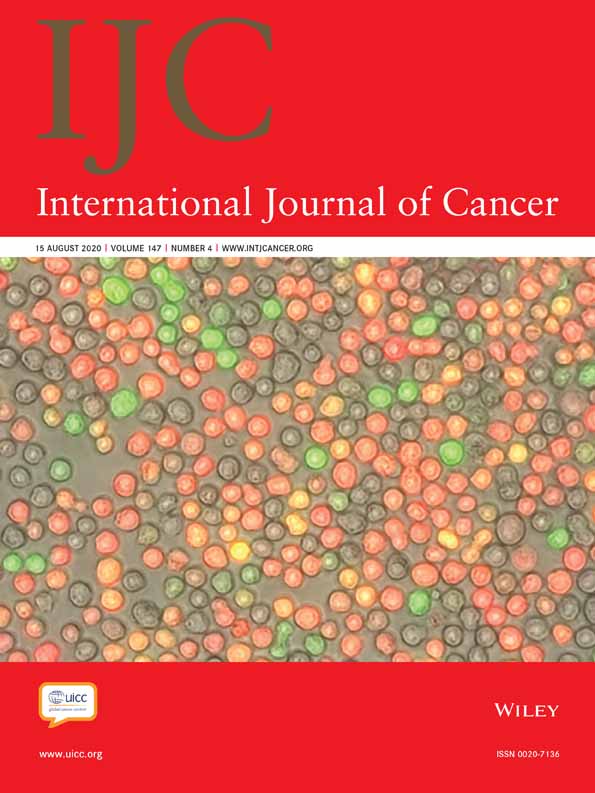Gallbladder and extrahepatic bile duct cancers in the Americas: Incidence and mortality patterns and trends
Funding information: European Commission's FP-7 Marie Curie Actions–People–COFUND.
Abstract
Trends in gallbladder cancer incidence and mortality in populations across the Americas can provide insight into shifting epidemiologic patterns and the current and potential impact of preventative and curative programs. Estimates of gallbladder and extrahepatic bile duct cancer incidence and mortality for the year 2018 were extracted from International Agency for Research on Cancer (IARC) GLOBOCAN database for 185 countries. Recorded registry-based incidence from 13 countries was extracted from IARCs Cancer Incidence in Five Continents series and corresponding national deaths from the WHO mortality database. Among females, the highest estimated incidence for gallbladder and extrahepatic bile duct cancer in the Americas were found in Bolivia (21.0 per 100,000), Chile (11.7) and Peru (6.0). In the US, the highest incidence rates were observed among Hispanics (1.8). In the Chilean population, gallbladder cancer rates declined in both females and males between 1998 and 2012. Rates dropped slightly in Canada, Costa Rica, US Whites and Hispanics in Los Angeles. Gallbladder cancer mortality rates also decreased across the studied countries, although rising trends were observed in Colombia and Canada after 2010. Countries within Southern and Central America tended to have a higher proportion of unspecified biliary tract cancers. In public health terms, the decline in gallbladder cancer incidence and mortality rates is encouraging. However, the slight increase in mortality rates during recent years in Colombia and Canada warrant further attention. Higher proportions of unspecified biliary tract cancers (with correspondingly higher mortality rates) suggest more rigorous pathology procedures may be needed after surgery.
Abstract
What's new?
While mortality rates from biliary tract cancers have declined over the last decade, trends in mortality and incidence of these cancers vary geographically. Included among biliary tract cancers are gallbladder carcinoma and extrahepatic bile duct cancer, which according to the present study remain important causes of disease particularly in South America. Analyses show that within the Americas, the burden of biliary tract cancers was notably high in Bolivia, Chile, and Peru. Geographical patterns of mortality rates from these malignancies mirrored incidence trends in these countries. Slight increases in mortality were also identified in Colombia and Canada, warranting further investigation.
Conflict of interest
None declared.




